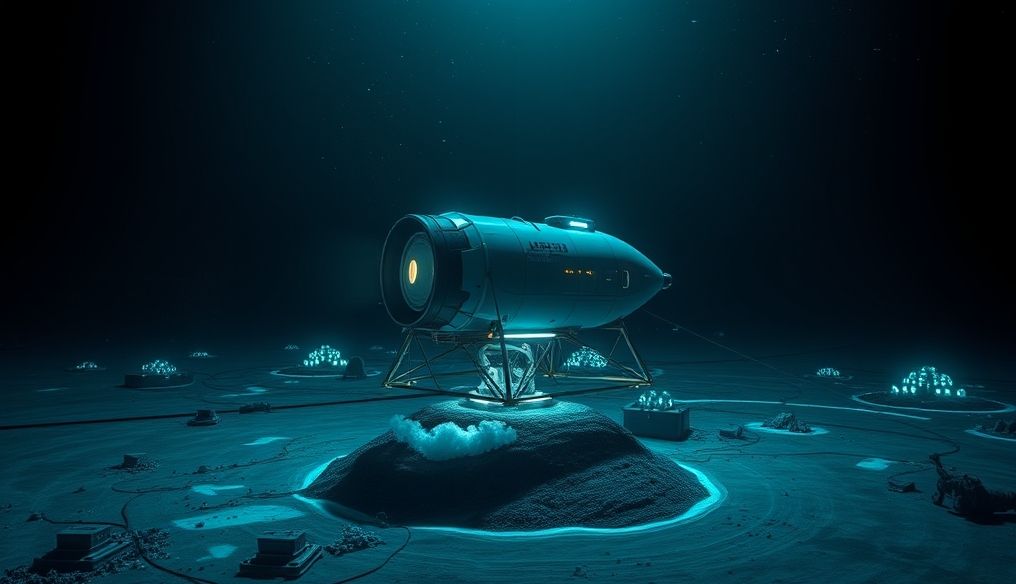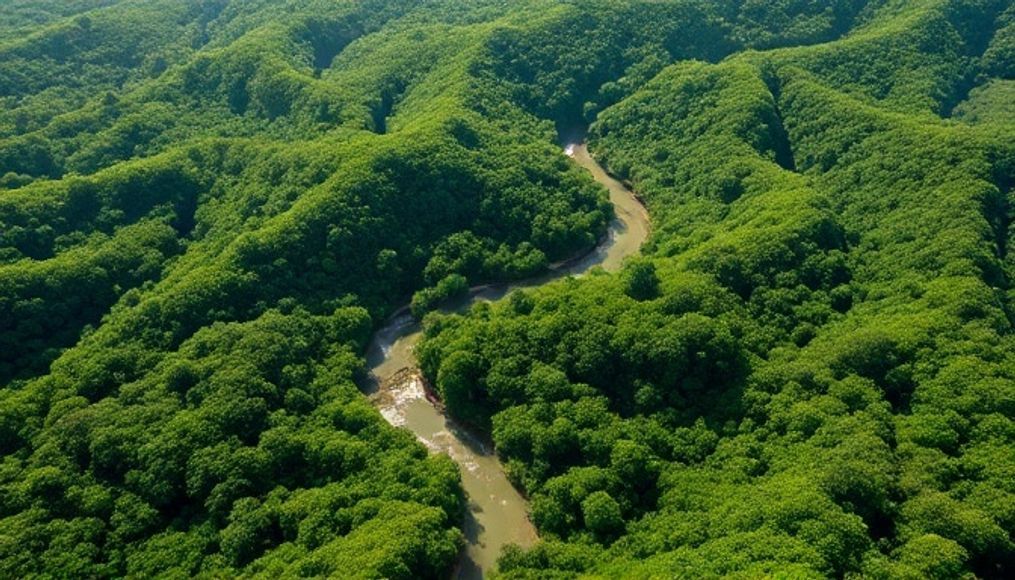What is the Deepest Point in the World's Oceans and How Was it Discovered?
Oceans are the largest and deepest bodies of water on our planet, hiding secrets that are still being discovered. What is the deepest point in the ocean? How did scientists reach and explore it?
1. Introduction to the Depths of the Oceans
Oceans cover more than 70% of the Earth's surface and are home to a diverse array of life. However, the depths of the oceans remain largely unknown due to the immense pressure and darkness that prevail there. The deepest region in the oceans is known as the Hadal zone, which lies at depths exceeding 6,000 meters. This zone includes oceanic trenches, which are long, narrow depressions in the ocean floor formed by the movement of tectonic plates.
2. The Mariana Trench: The Deepest Challenge
The deepest known point in the world's oceans is located in the Mariana Trench, a deep trench in the western Pacific Ocean, near the Mariana Islands. The trench extends for more than 2,500 kilometers and has an average width of about 69 kilometers. The deepest point in the trench is known as "Challenger Deep," which is located at the southern end of the trench.
3. Discovery of Challenger Deep
Challenger Deep was first discovered in 1875 by the British survey ship HMS Challenger, which used a weighted rope to measure the depth. The ship recorded a depth of 8,184 meters. However, the depth was not accurately measured until 1951 by the British survey ship HMS Challenger II, which used echo sounding to determine a depth of 10,900 meters. Later, more accurate measurements were made using modern techniques, which showed that the actual depth is about 10,984 meters (36,037 feet). This depth is greater than the height of Mount Everest, the highest peak in the world.
4. Challenges of Exploring Challenger Deep
Exploring Challenger Deep is a significant challenge due to the immense pressure that exists there. The pressure at the bottom of the trench is more than 1,000 times the standard atmospheric pressure at sea level. This pressure is enough to crush conventional submarines. In addition, complete darkness prevails in the depths, and the temperature is close to freezing.
5. Expeditions to Challenger Deep
Despite the challenges, a few explorers and researchers have made daring journeys to Challenger Deep. Among these are:
- Jacques Piccard and Don Walsh (1960): They were the first people to reach the bottom of Challenger Deep in the submersible Trieste. The journey took about five hours to reach the bottom, and they spent about 20 minutes there before returning to the surface.
- James Cameron (2012): The famous filmmaker James Cameron made a solo trip to Challenger Deep in the submersible Deepsea Challenger. Cameron collected samples from the seabed and took photos and videos of the depths.
- Victor Vescovo (2019): Explorer Victor Vescovo made several dives to Challenger Deep in the submersible Limiting Factor, becoming the first person to visit the deepest point in the oceans more than once.
6. Life in Challenger Deep
Despite the harsh conditions, Challenger Deep is not devoid of life. Scientists have discovered a variety of organisms that are adapted to this extreme environment, including:
- Protozoa: Single-celled organisms similar to amoebas.
- Nematodes: Small worms that live in the sediment.
- Crustaceans: Small shrimp-like animals.
- Fish: A few species of fish have been discovered living in the deep sea, including the snailfish.
These organisms rely on organic matter sinking from the surface as a food source. Some also rely on chemosynthesis, a process in which organisms use energy from chemicals to produce food.
7. Importance of Exploring Challenger Deep
Exploring Challenger Deep is of great importance for several reasons:
- Understanding Life in Extreme Conditions: Exploring Challenger Deep helps us understand how organisms can adapt to extreme conditions, such as immense pressure and darkness.
- Discovering New Species: Exploring Challenger Deep can lead to the discovery of new species of organisms that were previously unknown.
- Studying Geological Processes: Exploring Challenger Deep can help us understand the geological processes that occur on the ocean floor, such as plate tectonics.
- Assessing the Impact of Pollution: Exploring Challenger Deep can help us assess the impact of human pollution on the deep marine environment.
8. Future Challenges in Exploring the Deep Ocean
Despite significant advances in exploration technology, there are still significant challenges facing deep-sea exploration. Among these challenges are:
- High Cost: Building and operating submarines and other vehicles capable of reaching the depths of the oceans is extremely expensive.
- Immense Pressure: Vehicles and equipment must be able to withstand the immense pressure in the depths of the oceans.
- Complete Darkness: Vehicles and equipment must be equipped with powerful lighting and advanced imaging systems.
- Navigation: Navigation in the deep ocean is difficult due to the lack of GPS signals.
9. The Future of Deep-Sea Exploration
Despite the challenges, the future of deep-sea exploration looks promising. With the development of technology, it will become possible to explore these areas more easily and effectively. This could lead to new and important discoveries about life on Earth and the processes that shape our planet.
10. Conclusion
Challenger Deep is the deepest point in the world's oceans, and it represents a significant challenge to explorers and researchers. Despite the harsh conditions, this area is not devoid of life, and it is home to a diverse array of organisms that are adapted to this extreme environment. Exploring Challenger Deep is of great importance for understanding life in extreme conditions, discovering new species, studying geological processes, and assessing the impact of pollution. With the development of technology, it will become possible to explore the depths of the oceans more easily and effectively in the future.




